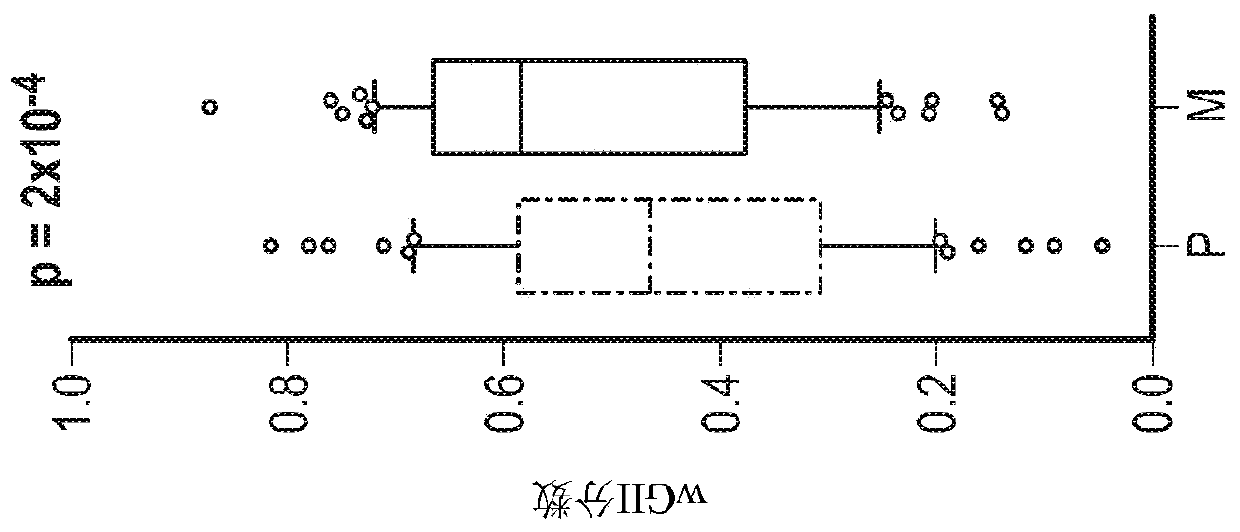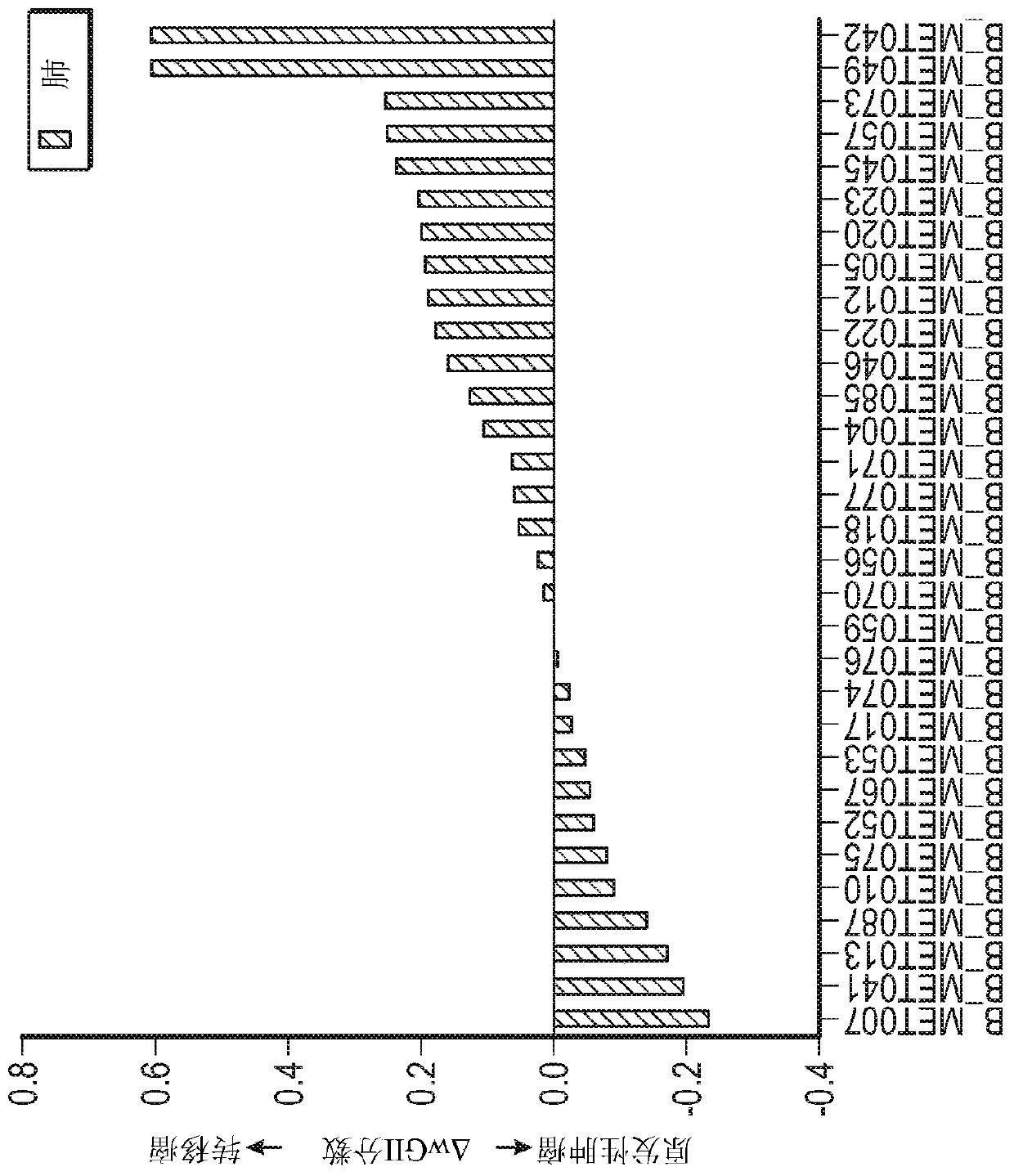Targeting chromosomal instability and downstream cytosolic DNA signaling for cancer treatment
A chemotherapeutic agent, cell technology, applied in recombinant DNA technology, DNA/RNA fragments, gene therapy, etc., can solve problems such as limitation and toxicity
- Summary
- Abstract
- Description
- Claims
- Application Information
AI Technical Summary
Problems solved by technology
Method used
Image
Examples
example 1
[0264] Example 1: Materials and methods
[0265] This example describes several materials and methods used to develop the invention.
[0266] Genomic Analysis of Primary-Metastatic Pairs
[0267] Complete exome DNA sequence data for 61 brain metastases and normals with matched primary tumors were downloaded from the Genotype and Phenotype (dbGAP) database (Brastianos et al., Cancer Discovery 5 , 1164–1177 (2015)) and processed as described (McGranahan et al., Science 351, 1463–1469 (2016)) to obtain an allele-specific score for each sample. Segment DNA copy number data. The Weighted Genome Instability Index (wGII), which describes the proportion of genomes classified as abnormal relative to tumor ploidy, was determined as described (Burrell et al., Nature 494, 492-496 (2013)).
[0268] Mitelman database analysis
[0269] The Mitelman database was analyzed (Mitelman et al., "Database of Chromosome Aberrations and Gene Fusions in Cancer" cgap.nci.nih.gov Available at: cgap.n...
example 2
[0332] Example 2: Increased Chromosomal Instability in Human Metastases
[0333]This example describes experiments demonstrating that chromosomal instability is associated with human metastases.
[0334] To investigate whether chromosomal instability is associated with human metastases, whole-exome sequence data from 61 primary tumors (comprising 13 tumor types) were compared with data from a recently published group (Brastianos et al., Cancer Discovery 5, 1164–1177 (2015)) were matched with brain metastases. These data were reanalyzed using the Weighted Genome Integrity Index (wGII) as a genomic indicator of chromosomal instability. wGII assesses copy number heterogeneity by measuring the percentage of genomes that deviate from the average tumor ploidy (Burrell et al., Nature 494, 492–496 (2013)). There is a significant bias whereby metastases are more likely to have higher wGII scores than their matched primary tumors ( Figure 1A-1B-1 to 1B-4, 1H).
[0335] Using the se...
example 3
[0337] Example 3: Chromosomal instability drives metastasis
[0338] To determine whether chromosomal instability is associated with metastasis, a genetic approach was devised (Bakhoun et al., Nat. Cell Biol 11, 27–35 (2009); Bakhoun et al., Nature Communications (NatCommun)》6, 5990 (2015)) to alter the rate of chromosomal missegregation in transplantable tumor models of human TNBC (MDA-MB-231) and lung adenocarcinoma (H2030). Cells from these highly metastatic tumor models exhibited elevated basal rates of chromosomal instability, with 47% and 67% of anaphase cells, respectively, showing evidence of chromosome segregation errors during anaphase ( Figure 2A , 2B-1 to 2B-2). These cells with undisturbed chromosomal segregation rates are called CIN-neutral cells. Overexpression of Kif2b or MCAK / Kif2c in these cells resulted in significantly suppressed chromosome segregation errors (termed CIN-low cells). Instead, MCAK 24 (dnMCAK) overexpression of the dominant-negative for...
PUM
 Login to View More
Login to View More Abstract
Description
Claims
Application Information
 Login to View More
Login to View More - R&D
- Intellectual Property
- Life Sciences
- Materials
- Tech Scout
- Unparalleled Data Quality
- Higher Quality Content
- 60% Fewer Hallucinations
Browse by: Latest US Patents, China's latest patents, Technical Efficacy Thesaurus, Application Domain, Technology Topic, Popular Technical Reports.
© 2025 PatSnap. All rights reserved.Legal|Privacy policy|Modern Slavery Act Transparency Statement|Sitemap|About US| Contact US: help@patsnap.com



